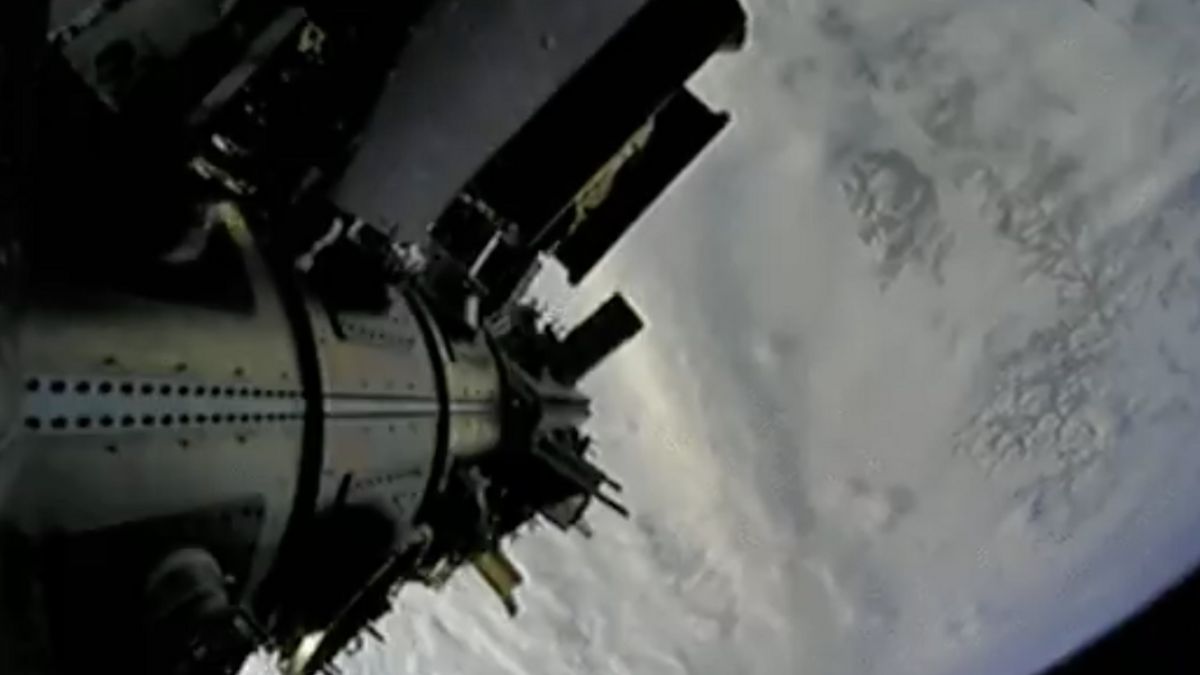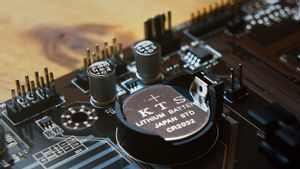Rocket Lab's W-1 spacecraft entered the de-orbit process on Monday, February 19. The aircraft is carrying a Varda manufacturing capsule, a drug factory experiment in space.
Before entering the destruction process, Rocket Lab placed the W-1 aircraft in a planned orbit. After that, the aircraft engine was turned on again so that the plane could enter the track-orbit.
"This involves placing the spacecraft into an elliptical precipitation orbit and then restarting the Curie engine to place the spacecraft on a precise trajectory-orbit," Rocket Lab said through its official social media.
During the de-orbit process, the Curie engine will burn. The combustion process is divided into four, namely when the plane in perige is lower, when the apoge is slightly improved, when the process enters the atmosphere, and when it touches the atmosphere.
Varda Space Industries, the maker of the pharmaceutical manufacturing capsule, also confirmed that its aircraft and capsules had entered the initial combustion phase. The process of burning to de-orbits will last for the next few days.
SEE ALSO:
Varda said that the second arson process, namely the increase in apoge, will be carried out on February 20. Meanwhile, the third and fourth burning processes will be carried out on the same day, namely the day after.
After the four stages of burning have been completed, the W-1 aircraft and the Varda capsule will point to the Earth's surface. If the plane's trajectory placement is correct, the two space objects will fall in the Utah Test and Training Series (UTR).
The English, Chinese, Japanese, Arabic, and French versions are automatically generated by the AI. So there may still be inaccuracies in translating, please always see Indonesian as our main language. (system supported by DigitalSiber.id)


















